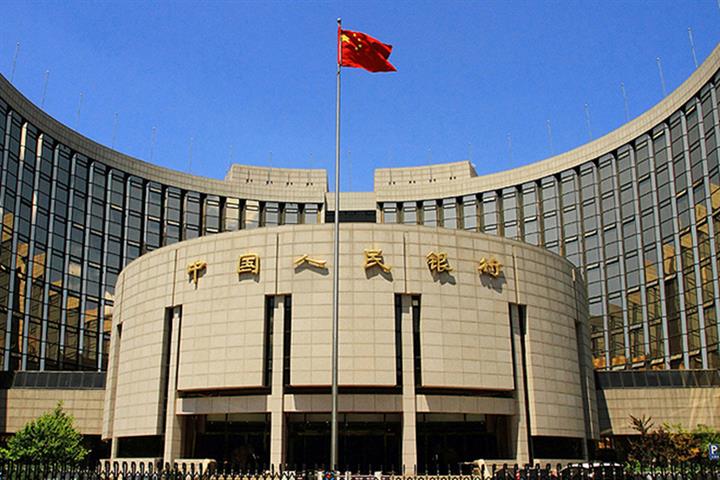 China Cuts Banks’ Reserve Ratio for Second Time in 2022, Releasing USD69 Billion of Funds
China Cuts Banks’ Reserve Ratio for Second Time in 2022, Releasing USD69 Billion of Funds(Yicai Global) Nov. 28 -- China’s central bank has announced a second cut this year to the reserve requirement ratio, or the amount of cash banks must hold in reserves, in a move expected to free up about CNY500 billion (USD69.3 billion) of long-term liquidity to support the economy.
The People’s Bank of China will lower the RRR by 0.25 basis points to about 7.8 percent from Dec. 5, it said on Nov. 25. The cut will apply to all financial institutions, except those that already have a 5 percent RRR, a PBOC official said at a press conference the same day.
The central bank lowered the RRR by the same degree on April 25, also releasing a similar amount of long-term liquidity to support the real economy and reduce borrowing costs.
The latest cut was timely and in line with market expectations, Ming Ming, chief economist at Citic Securities, told Yicai Global. It will effectively replenish the medium- and long-term liquidity gap at banks, with the economy set to stabilize and rebound this quarter, he added, noting that the move will also likely lead to a cut in the loan prime rate next month.
The lower RRR will save banks about CNY5.6 billion (USD775.7 million) a year in terms of their funding costs, reducing the real economy's comprehensive funding costs, the PBOC noted.
The PBOC made the announcement a few days after the State Council, China’s cabinet, said on Nov. 22 that the country would use monetary policy tools in a timely and appropriate manner to maintain reasonable and sufficient liquidity.
The bank’s decision to reduce the RRR by 25 bips instead of 50 bips was mainly due to the fact that the liquidity pressure facing the banking system is still controllable, said Wang Qing, chief macro analyst at Golden Credit Rating International. An average RRR of almost 8 percent is not high compared with historical data for China and the figure in other developing economies.
The cut can help banks to extend more credit and will increase new yuan-denominated loans this quarter, Wang noted. Despite the medium-term lending facility rate remaining unchanged this month, the five-year LPR is highly likely to fall because of lower RRR and the new round of deposit interest rate cuts that banks started in September, he said.
Editor: Futura Costaglione